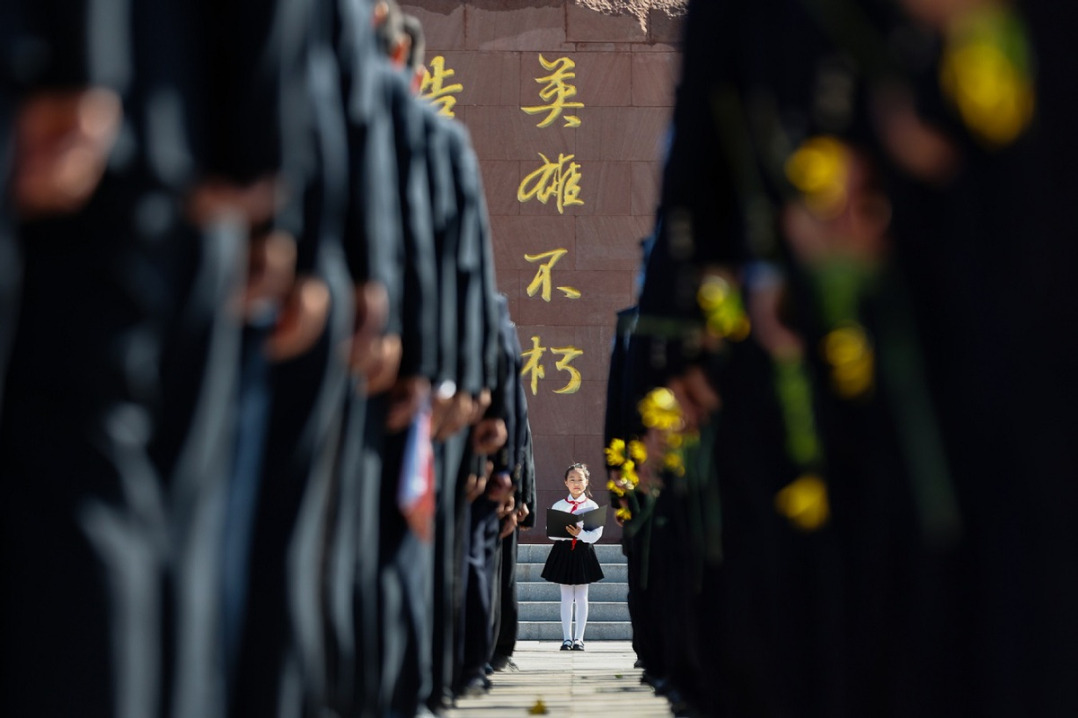A historical gathering
By Wang Kaihao, Wang Ru and Lin Qi | China Daily | Updated: 2023-04-04 08:20

7. The grave complex of the Dasongshan site, Gui'an New Area, Guizhou province, from the Western Jin Dynasty (265-316) to the Ming Dynasty (1368-1644)
The long continuum of graveyards offered a benchmark of archaeological studies of the region and unrolled a panorama of various ethnic groups' daily life in Southwest China across 1,400 years.
When daily objects and ornamental pieces from different periods of time were found at clusters of tombs in Machang town, archaeologists felt they were set to open a treasure trove of history. As their work proceeded at the site, nearly 2,200 tombs spanning several centuries have been excavated in which more than 4,000 artifacts were brought into the spotlight, including items made of gold, silver and copper, ceramics, wares of lacquer, glass and jade, to name just a few.
Early tombs at the site were primarily family graveyards, while centuries later, more public cemeteries were built in the area.
It shows the gradual rise of Guiyang to be a center of economic and social activities in Guizhou, as the population continued to immigrate to the city and its neighboring areas.
The diversity of the funeral objects is testimony to the booming trades and cultural links between the communities in Guizhou and those on the Central China Plains, which contributed greatly to the unity of Chinese nation.























